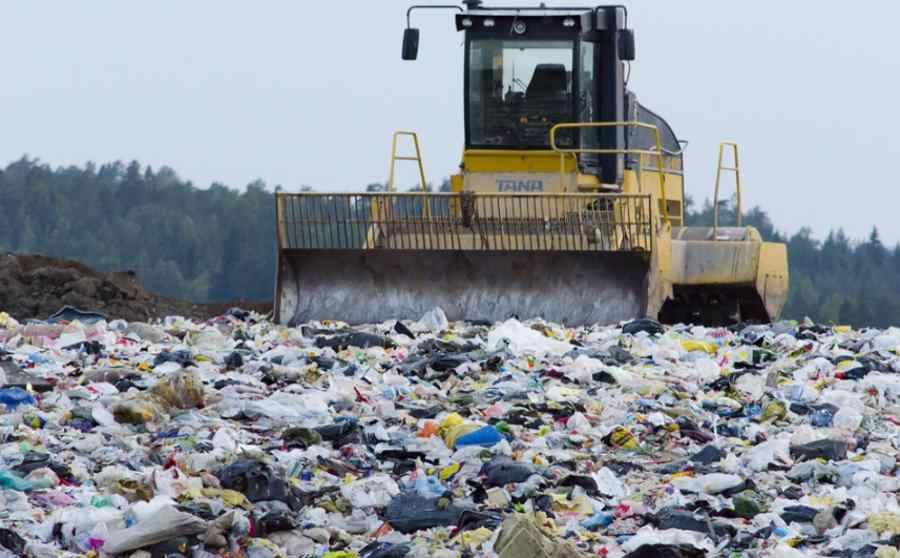Pieces of plastic have been found in the bodies of people from all over the world, including Poland
Tiny particles of plastic are everywhere. So far, the so-called. Microplastics have been found in oceans, tap water, bottled water, or soil. Not surprisingly, tiny particles of plastic have also been found in human bodies.
Environmental plastic pollution has spread across the planet. Plastic waste is literally everywhere, zar both in terrestrial and aquatic environments. Since the freezing temperatures in from the Arctic to agricultural land in Germany. They were even found at the bottom of the Mariana Trench. The plastic particles have hit r also in the skies inside the organism in mosquitoes . Now a group of Austrian scientists found evidence that tiny particles of plastic are eaten by humans and accumulate in human feces.
Although previous studies have indicated that Europeans, along with seafood or accidentally eating pieces of packaging, may consume as many as 11,000 tiny pieces of in plastic annually, it has not been proven so far. Until now.
Researchers from the Austrian Environment Agency and the University of Vienna, who Some have analyzed the pr of human feces from eight countries around the world they found that every material tested contained microfine particles of plastic. In some In some cases, as many as nine r A kind of in plastic in one pr bce.
– Our study confirms what we have long suspected, that plastics eventually reach the human gut – One of the authors of the in the study by Dr. Philipp Schwabl of the Medical University of Vienna. – Now that we have the first evidence of microplastic in human bodies, we need further research to understand what this means for human health – added.
Unfortunately, little is known about the effects of The health effects of microplastic ingestion in, but there is concern that ubiquitous plastics may affect gastrointestinal health and possibly reach other organs .
Schwabl presented his findings at the European Gastroenterology Union meeting in Vienna. His findings have not yet been published in any peer-reviewed journals.
Microplastics are pieces of plastic that that measure less than 5 millimeters in length – is about the size of a sesame seed. They are formed from the breakup of larger chunks in plastic. It is increasingly common for them to be eaten by r The study was conducted by a team of scientists and researchers Both marine and terrestrial organisms and thus b they end up in the food chain. Tiny particles of plastic have been found in seafood, tuna bodies , lobster or shrimps.
Scientists have analysed the particles that end up in landfills Fecal samples taken from eight healthy volunteers living in eight countries around the world: Finland, Italy, Japan, the Netherlands, Poland, Russia, Britain and Austria. Using a new type of analytical procedure, scientists discovered microplastics in all the pr feces.
In total, they found nine types in plastic in which The particles were between 50 and 500 micrometers in diameter. The most common types of plastic were polypropylene (PP) and polyethylene terephthalate (PET), two plastics that have a wide range of uses. They are used to make food packaging, including plastic bottles for drinks and water. On average, scientists detected 20 microplastic particles per 10 grams in the feces.
Participants were not instructed on the diet. But they were asked to record what and how much they ate in the week before the study. This information shows that six participants consumed fish in the week before the pr collection bek. But all of them were already eating packaged food and drinking water from plastic bottles.
Although a very small number of volunteers were surveyed The results of the study, which was published in the The fact that particles of plastic have been found in the water indicates that there is a high probability that the particles are of between 50 and 500 micrometres in size other humans also unintentionally ingest microplastics. Austrian scientists now plan to carry out a much larger study to confirm the result The study also aims to investigate whether factors associated with microplastics found in faeces, such as diet, lifestyle and location, can be identified and linked.
Researchers want to r e are also investigating how human health is affected by microplastics entering the in microparticles of plastic. Animal studies suggest that pieces of microplastic can enter the bloodstream and lymphatic system and can even reach the liver and other organs . In addition, microplastics can cause damage to the gut and affect how well the body absorbs nutrients.
Since the 1950s. When plastic production began on a massive scale, mankind produced 8.3 billion tons of plastic. Unfortunately, only a small portion was recycled. Most of these materials end up in landfill or pollute the environment. The worst are the smallest particles created from plastic waste . They are hard to locate and will be even harder to clean up.
